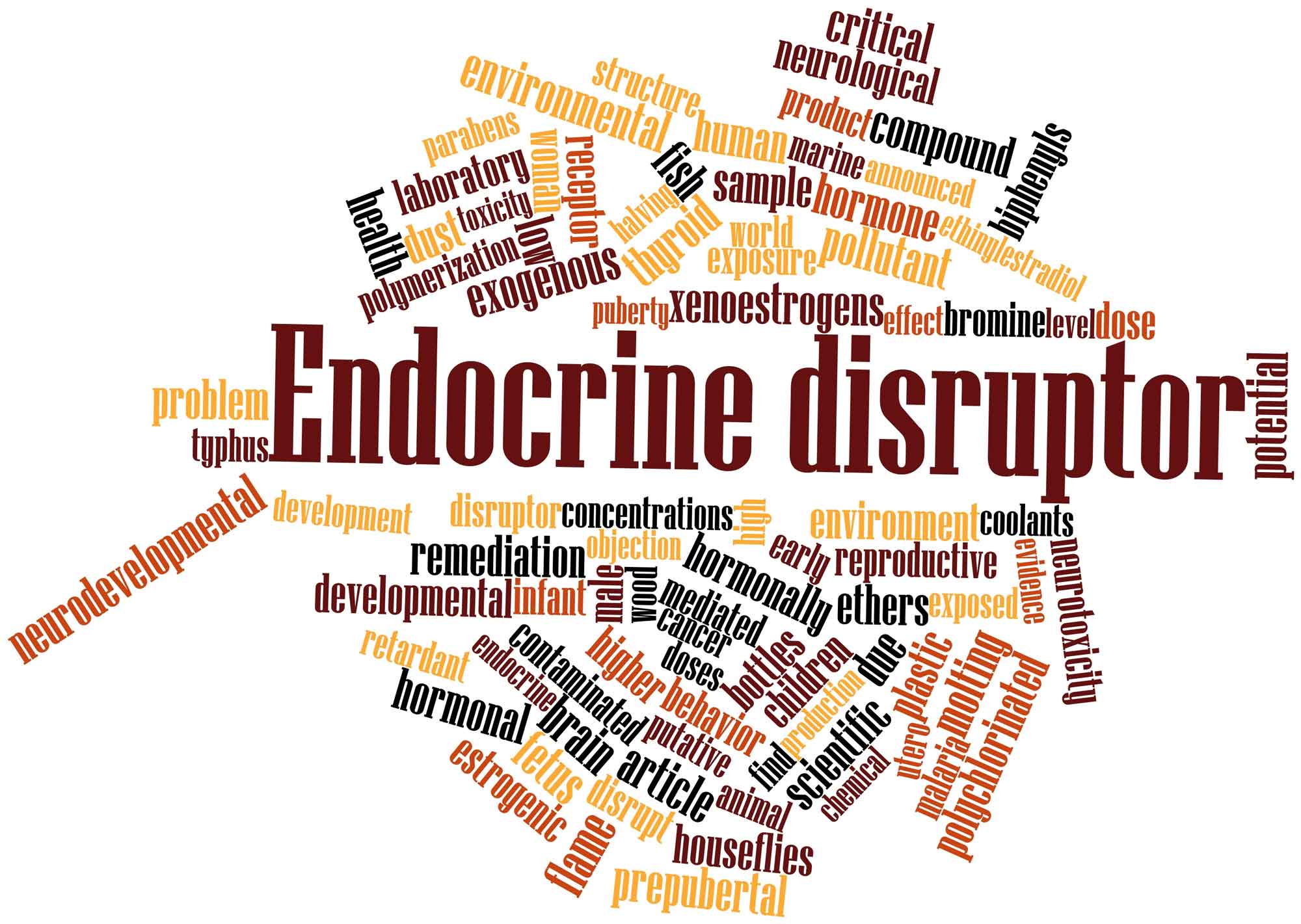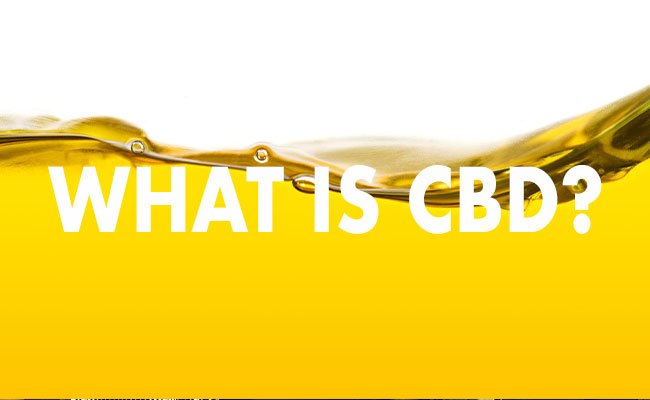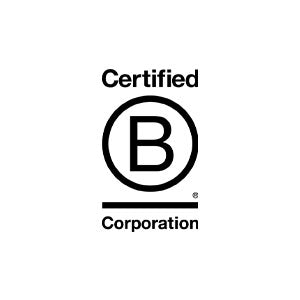
Endocrine Disruptors | What Are They and Why They Matter
WRITTEN BY KRISTINA TELHAMI AND DR. SWATHI
What products do you use everyday?
When was the last time you checked their ingredients lists?
When you are shopping, it is crucial to look at the products you are using and make sure the ingredients are not endocrine disruptors, or compounds that have the ability to dysregulate your normal hormonal levels. Unbeknownst to most, a lot of products sold in stores and online contain chemicals that have the ability to mimic and interfere with your body’s endocrine system.
What are endocrine disruptors?
Your endocrine system is a collection of glands that produce hormones and regulate your reproduction, growth, metabolism, mood, and much more. These chemicals, called endocrine disruptors, may be found in products such as cosmetics, cleaning products, containers, detergents, and more. Endocrine disruptors act like hormones in your body, disrupting your body’s natural production of hormones. This could cause an increase or decrease of the hormones in your body, leading to a variety of symptoms, such as sleep issues and monthly menstrual cycle irregularities. Not only does it affect your hormones, but these also have the ability to cause cancer and reproductive toxicity. These chemicals have even shown to alter nervous system function and immune system function, damage metabolic health, lead to obesity, and even cause heart problems.
What are some examples of endocrine disruptors?
- Bisophenal A (BPA)
- Dioxins
- Perchlorate
- Perfluoroalykl and Polyfluoroalkyl Substances (PFAS)
- Phthalates
- Phytoestrogens
- Polybrominated diphenyl esthers (PBDE)
- Polychlorinated byphenyl (PCB)
- Triclosan
- Parabens
- Sulfates
Can endocrine disruptors be found in skin care products?
It is important to note that your skin is your largest organ and anything you put on your skin is easily absorbed. Therefore, it is vital to look at the ingredients listed on products before purchasing to evaluate whether they contain toxins that may act like hormones in your body, and therefore cause disruption of your normal processes.
Can endocrine disruptors be found in foods?
Not only do you want to look at the ingredients at the products you use on your skin, but also look at what foods you are consuming in your diet. Many of the harmful ingredients listed above are commonly found in processed foods. When shopping at the grocery store, focus on eating whole foods and limiting processed foods.
A rule of thumb: If you cannot pronounce the ingredient in your food or make it at home, it probably is not the best option for your optimal health and wellness, and therefore should not be consumed.
What research has been done on endocrine disruptors?
Phthalates are an example of an endocrine disrupting chemical that may be found in food storage containers, personal care products, and even medical devices. One study done in 2005 evaluated the effects of phthalates on male infants from prenatal phthalate exposure. Out of 134 boys who were studied, results showed that the anogenital index (AGI) decreased significantly with an increasing phthalate score (which measured four phthalate metabolites). In conclusion, prenatal exposure of phthalates negatively affects male reproductive development in humans.
Another study looked at Bisphenol A (also known as BPA), which is usually found in plastic bottles and plastic containers. Although it is not found in food, it actually migrates from the containers and to your food and beverages. The study found a correlation between BPA and breast cancer due to its effect on estrogen. It was found that BPA can accelerate the growth of mammary tumorigenesis through proliferating something called Estrogen Receptor (ER) - and ER + breast cancer cells. This means that BPA actually triggered proliferation and growth of more breast cancer cells. With breast cancer being the leading cause of cancer in women today, it is crucial that we look at what food containers and bottles we are using on a daily basis.
Triclosan is another example of an endocrine disruptor that is known for its antimicrobial effects. This can be found in cleaning or other personal care products. In the HOME study, urinary triclosan concentrations were studied in pregnant women, the newborns, and then the same children at 1-3 years old. The study measured the thyroid stimulating hormone (TSH) levels, total and free thyroxine, as well as triiodothyronine levels in the mothers, neonates at delivery, and the children at age 3. Results showed that although it did not affect thyroid hormones during pregnancy, triclosan did affect neonatal and child thyroid function. The neonates and children at age 1 and 3 years old had lower total thyroxine levels. This shows that triclosan can impact your thyroid hormone levels, therefore impacting other important bodily functions in the process. The thyroid is important in regulating things like heart rate, digestion, brain development, metabolic health, and even bone maintenance.
How can I avoid endocrine disruptors?
There are mobile apps that allow you to scan and/or search different products while shopping in-store or online; two examples are “EWG’s Healthy Living” app and “Think Dirty” app which will tell you the level of toxicity and ingredients that might be causing your body harm in certain products. Switching to a whole food plant-based diet and using nontoxic, natural care products are small changes that can have a huge impact in your future.References:
-
Braun JM, Chen A, Hoofnagle A, et al. Associations of early life urinary triclosan concentrations with maternal, neonatal, and child thyroid hormone levels. Hormones and Behavior. 2018;101:77-84.
- Endocrine Disruptors. National Institute of Environmental Health Sciences. https://www.niehs.nih.gov/health/topics/agents/endocrine/index.cfm. Accessed March 18, 2021.
- Endocrine-Disrupting Chemicals EDCs. Hormone Health Network. https://www.hormone.org/. Accessed March 18, 2021.
- Diamanti-Kandarakis E, Bourguignon JP, Giudice LC, Hauser R, et al. Endocr Rev. 2009 Jun; 30(4): 293–342.
- Song H, Zhang T, Yang P, et al. Low doses of bisphenol A stimulate the proliferation of breast cancer cells via ERK1/2/ERRgamma signals. Toxicol. In Vitro. 2015;30:521–528.
- Swan SH, Main KM, Liu F, Stewart SL, Kruse RL, Calafat AM, et al. (2005) Decrease in anogenital distance among male infants with prenatal phthalate exposure. Environmental Health Perspectives 113, 1056–1061.
- Waring RH, Harris RM 2005 Endocrine disrupters: a human risk? Mol Cell Endocrinol. 244:2–9.
--
This article was edited by Dr. Swathi and written by Elēment Apothēc Scientific Communications Intern, Kristina Telhami. She is a Doctor of Pharmacy (PharmD) student at Keck Graduate Institute in Claremont, California.










